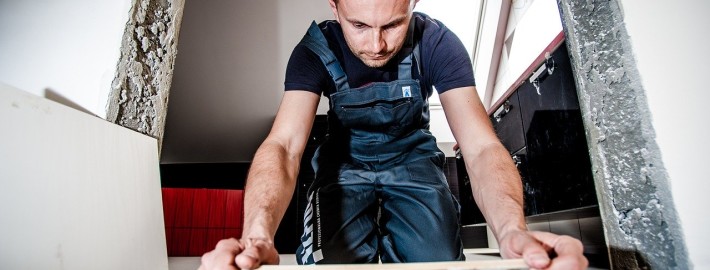HOW TO DEAL WITH DAMAGES DONE TO YOUR PROPERTY
By Glenn Mananeng
To some landlords, owning a rental property is not only an investment, but it can also be their sole source of income to feed their own family. There can be times where being a landlord can be too much especially when dealing with problematic tenants. A common problem that owners have to face is dealing with the damage left by tenants. Just because you have tenants it doesn’t mean you have nothing to worry about so you should just sit on your couch and wait for the rent money. Any major damage done to your property is your worst nightmare. Repairing it is one thing, dealing with evictions because of the damage done is another headache. Proway Property Management is here to help you out when it comes to dealing with such a problem.
Identify the type of damage done
Give the benefit of the doubt to your tenants. Reevaluate whether the damage done was intentionally or by accident. Knowing why and how the property was damaged in the first place is crucial before making any judgment as a landlord.
Accidental
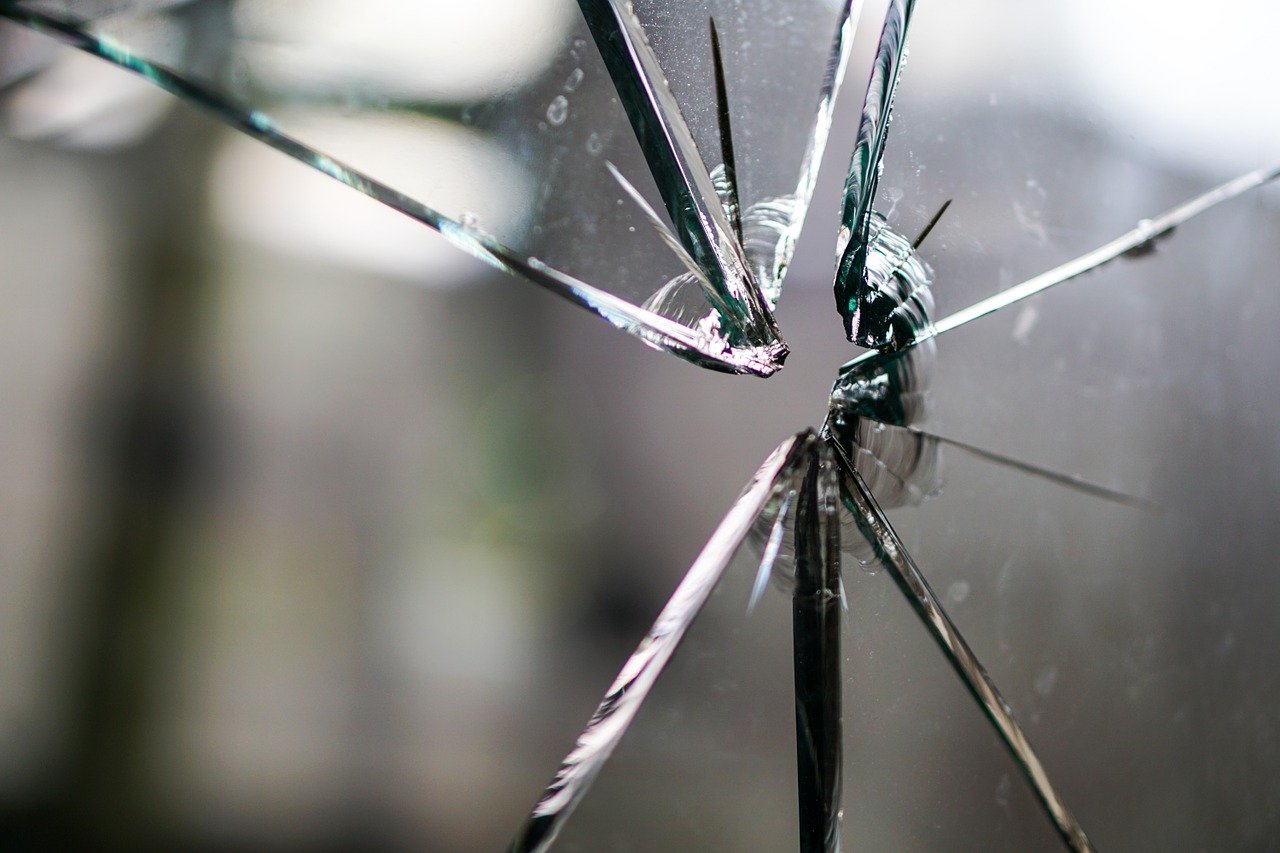
– no house can last an eternity, your property will also undergo normal wear and tear. This is the usual case, especially when the property has been uninhabited for quite some time. The timing might be awful sometimes but these are not something that we can predict. If this is the case, then it might have been bound to happen anyway in the near future and as the landlord, you are responsible for fixing it. Under the Landlord-Tenant Law, the former is responsible for maintaining the property to keep it safe and habitable.
Intentional
– in cases of a bad tenant, they may leave the property in bad shape especially if they had a negative experience with their eviction. Bad tenants are more or less people who simply don’t want to take any part of maintaining the property. Even if they’re not the owner, they still need to partake in the maintenance of the house to some extent.
The damage has been done. What now?
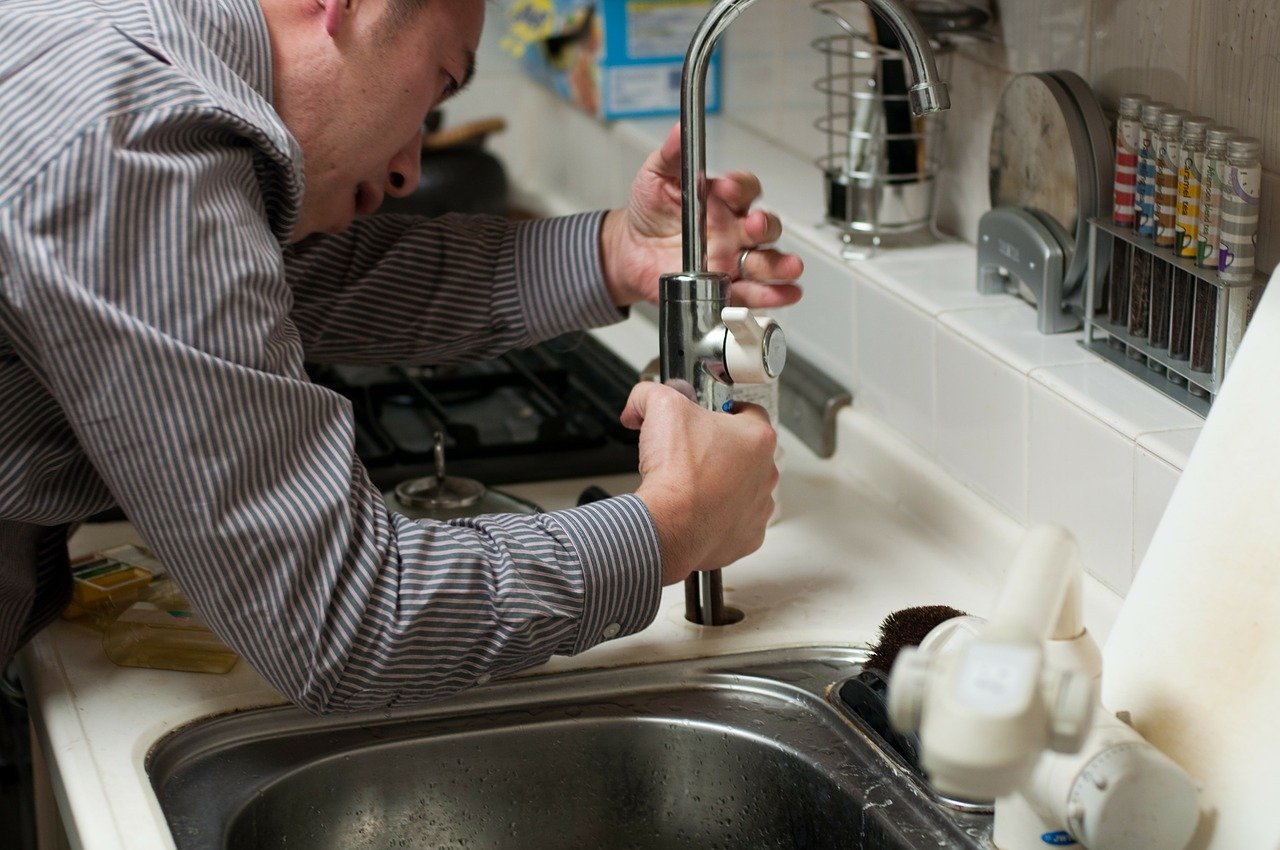
In situations of involuntary damage, an agreement between you and your tenant should be cemented in order to agree on how to go about repairing the damage. In these cases, you’re most likely facing the brunt of the costs. It doesn’t have to be always but it pays off to be prepared for something unannounced. A sudden faulty heating insulator or problems with plumbing or electrical systems should be fixed right away before any major risks that may put the tenant and landlord harm develop.
If the damage was intentional, however, some serious actions need to be done. That’s why it’s important to take before and after pictures of the property as part of your agreement with the tenant. Although showing the house to them is necessary, taking photographic proof before your tenants settle in gives you the added assurance that the damage wasn’t there before. Generally speaking, the tenant is responsible for covering the cost of repair in those circumstances.
Proper use of the security deposit

Not every tenant agrees to pay for the damage even with hard proof. The security deposit can be used to cover the damages in this case. Under Michigan’s Landlord-Tenant Law, the deposit is limited to the amount equivalent to one and a half month’s rent. The deposit should not be used in cases of wear and tear and should be strictly limited to cover damages due to the negligence of your tenants.
If the tenant moves out or gets evicted, you should return their deposit together with a notice of damage. This itemizes the deductions to their deposit. The notice should be given to the tenant within 30 days after they’ve moved out. Tenants can file a dispute with the deductions about their security deposit within 7 days of receiving the notice.
We differentiated intentional and accidental damage done to the property. We also mentioned that the security deposit can be used for covering the costs of damage done by the tenant to the property if they refuse to pay up. However, it’s easy to mistake damages and routine maintenance wherein the deposit shouldn’t be used to cover up the latter.
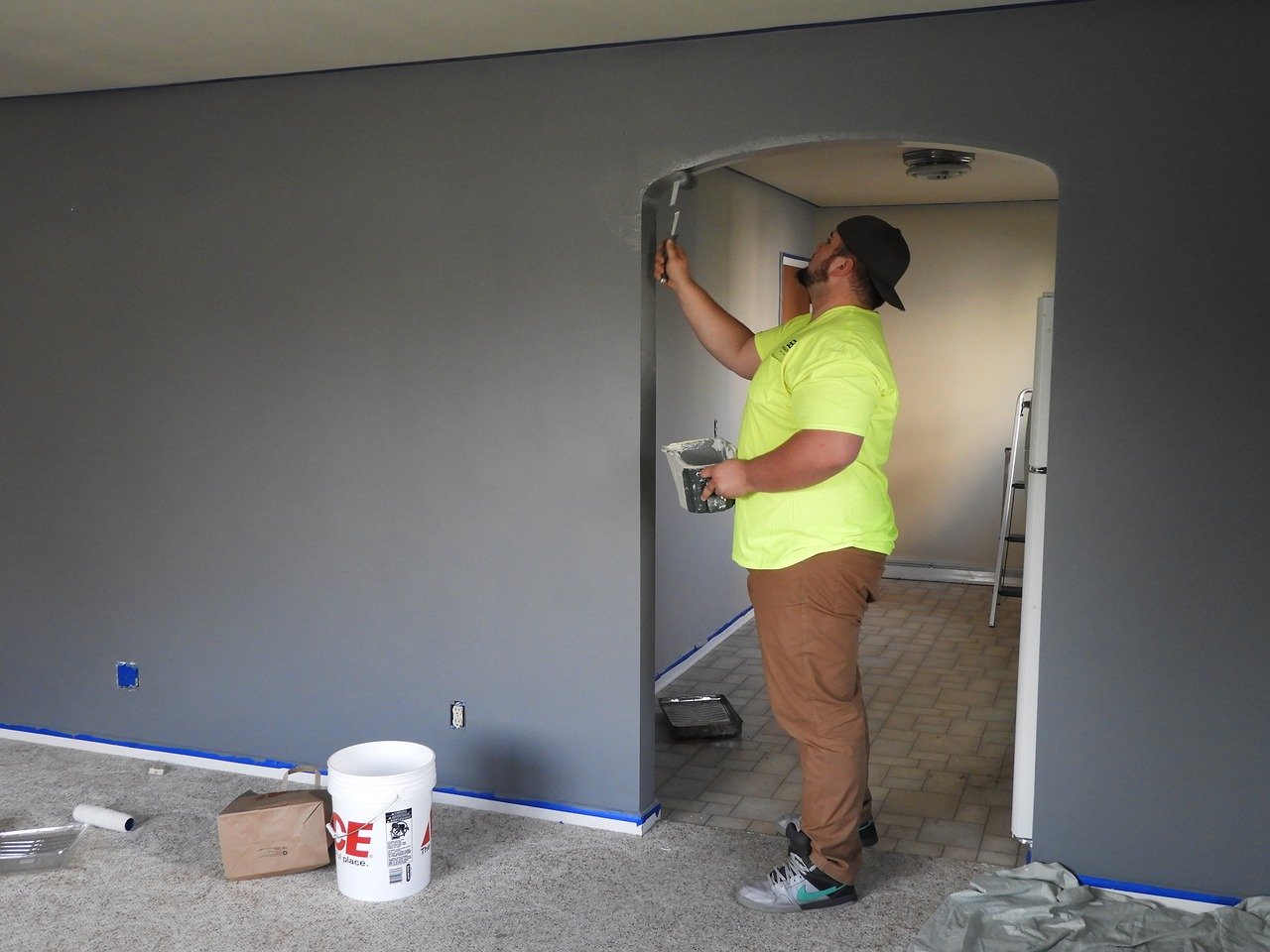
For example, the deposit shouldn’t be used just because the property needs a new paint job which it really needs in the first place. If the tenant has been staying for years in the property, adding a new paint job is considered as routine maintenance. However, if the walls were newly painted and the tenant left the walls in a state of filth or even allowed their kids to draw on them, deducting from their security deposit would be justifiable. The verdict whether or not to use the deposit relies on the landlord’s standard practice and the appliance’s life expectancy. An example for a commonly damaged appliance are AC units. These have a life expectancy of 10 years. Replacing the unit doesn’t allow you to use the tenant’s deposit because it’s old and faulty. If the unit was newly bought and damage was done by the tenant, deducting from the deposit is plausible.
If the damage exceeds the amount of the security deposit
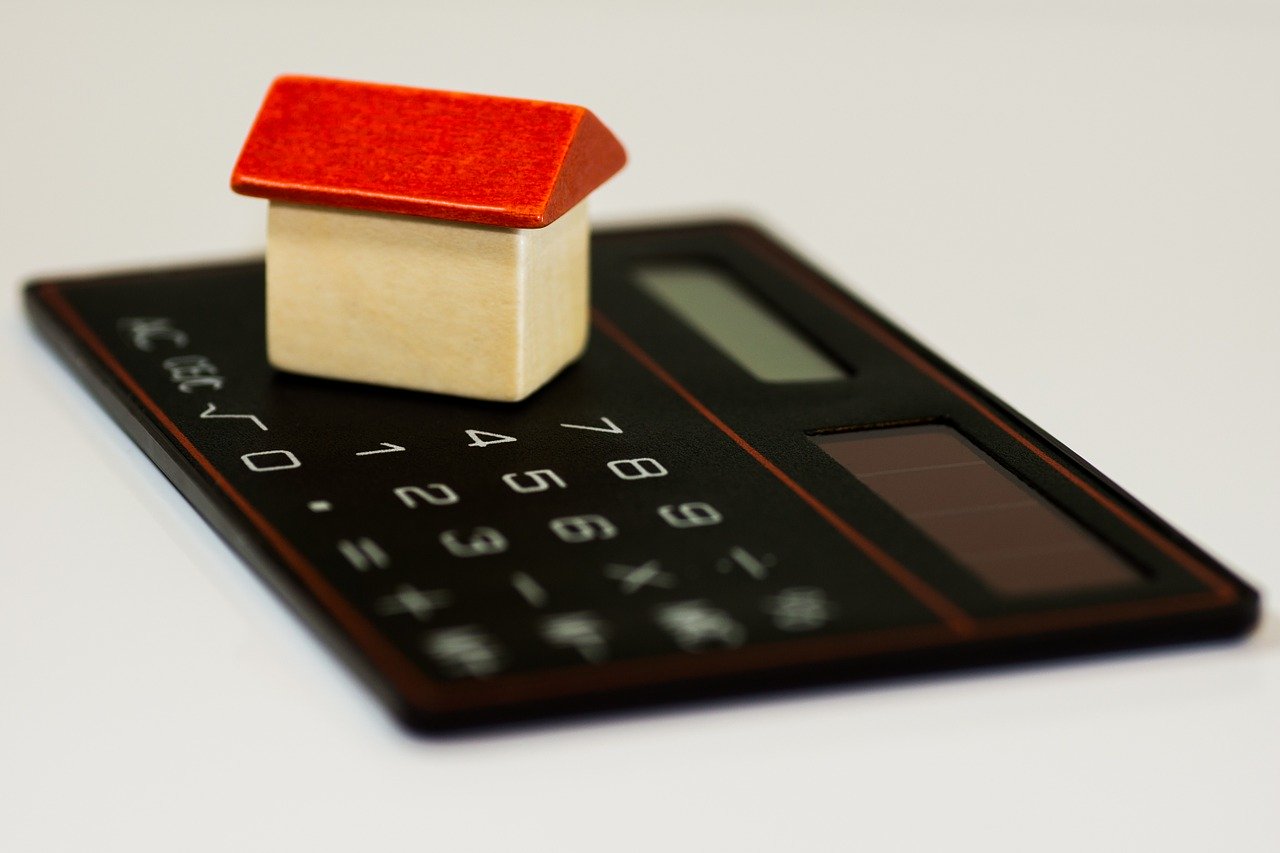
After calculating the costs of the damage and the security deposit isn’t enough to cover it, you can file a case in small claims court. Remember, under Michigan Law it is illegal for a landlord to take more than the limited amount of the security deposit. That’s why garnishments (money judgement against a previous tenant that owes you money) is a legal tool that you can use as a landlord in these cases.
It doesn’t matter if it was intentional or not though cause at the end of the day, damages to your property will still give you a headache either way. As much as possible, a landlord should provide a habitable living space for their tenants. Dealing with these problems is part of the long list of responsibilities along with being a landlord. If you don’t want to deal with the said hassles, Proway Property Management is the answer to what you’re looking for. We’ll take care of everything so you can literally sit back and just wait for your money to come. Contact us now by phone: (734)744-5080 or by email: [email protected]

